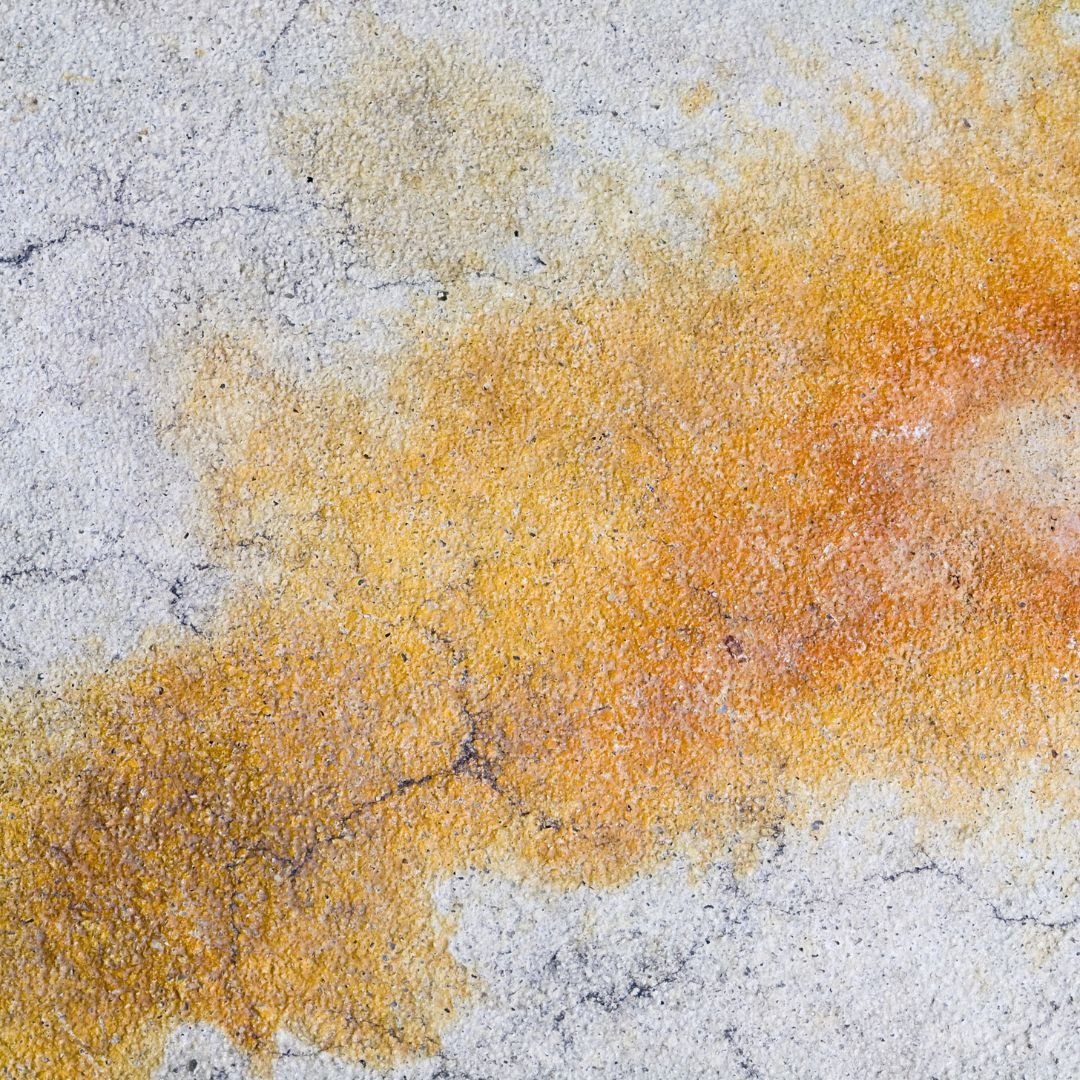
How Do I Treat Tannin stains on Carpets?
Share
How Do I Treat Tannin stains on Carpets?
Tannins are often discussed in the context of beverages like wine and tea, where they contribute to flavour and mouthfeel. However, if you’ve ever spilled red wine or brewed tea on your carpet, you’re likely to have encountered tannins in a less enjoyable light. Tannins, found in many organic materials, can cause stubborn stains that can be tricky to remove from carpets. In this blog, we'll dive into what tannins are, how they affect carpets, and effective ways to treat tannin stains properly.

What Are Tannins?
Tannins are natural polyphenolic compounds present in various plants, including grapes, tea leaves, and tree bark. They are known for their astringent properties and play a crucial role in the coloration and flavour of many beverages. When something that contains tannins spills onto a carpet, the substances can bind to the carpet fibres, leading to dark, often stubborn stains.
How Do Tannins Stain Carpets?
When tannin-rich liquids, such as red wine, black tea, or certain fruit juices, come into contact with carpet fibres, they can create a discolouration that may appear brown or reddish. These stains are particularly challenging because they can penetrate deep into the fibres, making them resistant to regular cleaning methods. The longer the stain sits, the more it binds to the fibres, leading to deeper coloration.
How to Treat Tannins on Carpets
Before you reach for commercial cleaners, it’s essential to know the right techniques to tackle tannin stains effectively. Here are some steps and tips to treat tannins on carpets:

1. Act Quickly
The sooner you can address a tannin stain, the better your chances of complete removal. As soon as possible, blot the area with a clean, dry cloth or paper towel. Avoid rubbing, as this can spread the stain and push it deeper into the fibres.
2. Blot, Don’t Rub
Use a white cloth or paper towel to gently blot the stain, lifting as much of the liquid as possible without rubbing. Start from the outside of the stain and work your way in to prevent further spreading.
3. Use Cold Water
After blotting, apply cold water to the stained area. Dampen a cloth with cold water and continue blotting the stain. This can help dilute the tannins, making them easier to lift from the carpet fibres.
4. Make a Cleaning Solution
A mixture of white vinegar and water can be effective in treating tannin stains. Combine one part white vinegar with two parts cold water, and apply it to the stained area using a clean cloth or sponge. Blot the stain using this mixture until it begins to lift. Vinegar works because it neutralises the tannins, helping to break their bond with the carpet fibres.
5. Rinse with Water
After you’ve treated the stain with your cleaning solution, it’s essential to rinse the area with cold water. This helps remove any residue from the vinegar solution, preventing it from attracting dirt later. Use a clean cloth to blot the area dry.
6. Apply a Dish Soap Solution
If the stain persists, create a solution of mild dish soap and warm water (ensure the dish soap is clear, not coloured). Dampen a cloth with this solution and continue blotting the stain. Dish soap can help break down any remaining tannins and lift the stain from the fibres.
7. Rinsing Again
As with the vinegar solution, it’s crucial to rinse the area with cold water after using the dish soap solution. This will help remove excess soap and prevent sticky residues.
8. Use Hydrogen Peroxide for Persistent Stains
For particularly stubborn tannin stains, you may consider a hydrogen peroxide solution (10% concentration or less). Test a small, inconspicuous area of your carpet first to ensure the colour is not affected. Apply a small amount of hydrogen peroxide directly to the stain, let it sit for a few minutes, and then blot and rinse.
9. Dry the Area
Once the stain is treated, use clean towels to blot the area dry. If possible, place a fan near the location or gently cup the carpet with your hand to encourage airflow and help it dry faster. Avoid walking on the area until it’s completely dry to prevent new dirt from getting trapped.
10. Repeat if Necessary
If the stain remains after your first treatment attempt, don’t be discouraged. You may need to repeat the cleaning process several times to achieve the best results. Patience and persistence often pay off when dealing with tannin stains.
If this doesn't work you can try Last Resort, which professional carpet Cleaners use as a last resort for removing hard stains on carpets.
Conclusion
Tannins can create frustrating stains on carpets, but understanding how to treat them can make all the difference. By acting quickly and using the right cleaning solutions, you can effectively reduce or eliminate tannin stains and restore your carpet's appearance. Remember, proper care and maintenance are essential to prolonging the life of your carpet, so keep these tips in mind the next time you enjoy a drink that might be tannin-rich!
